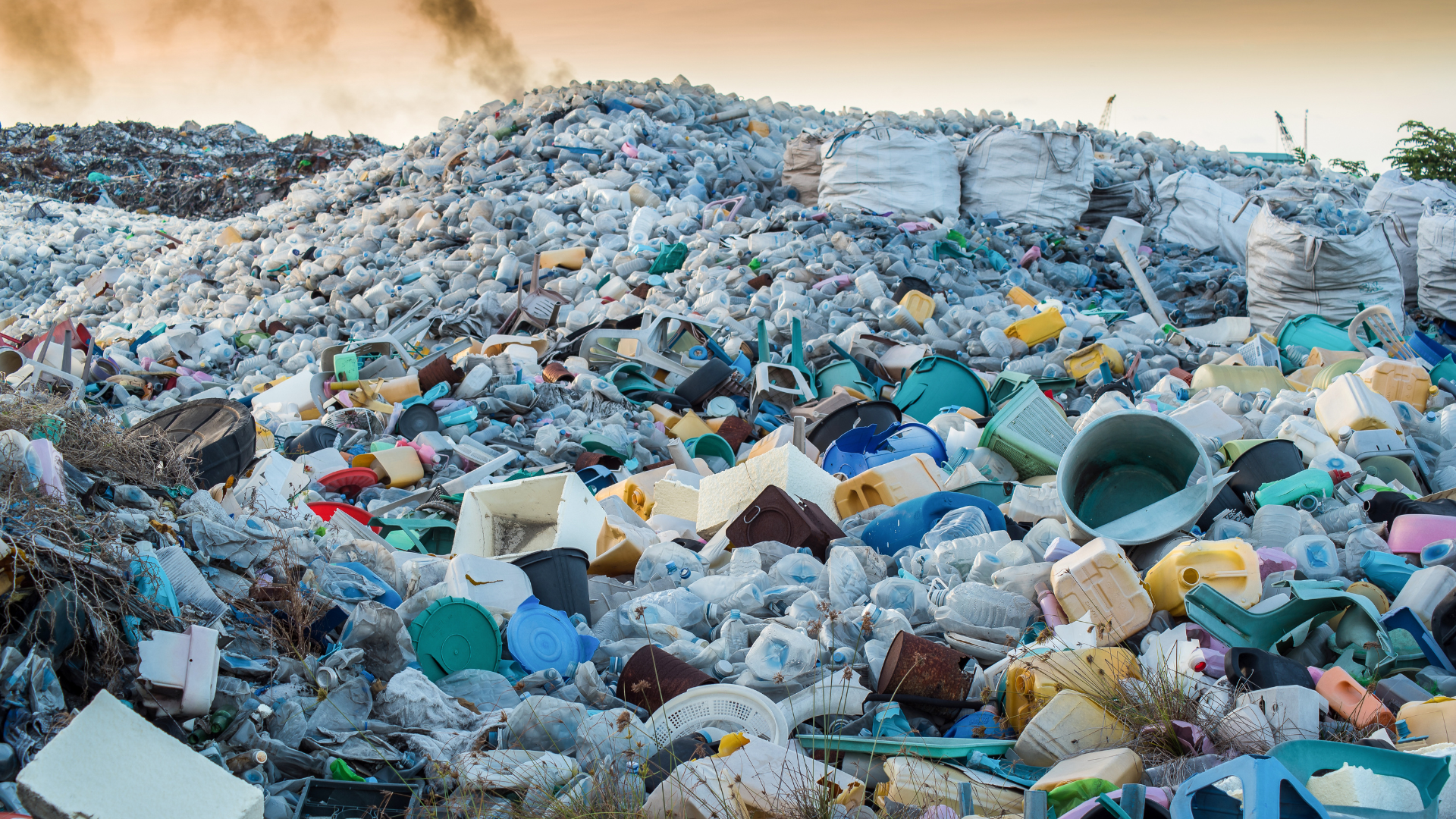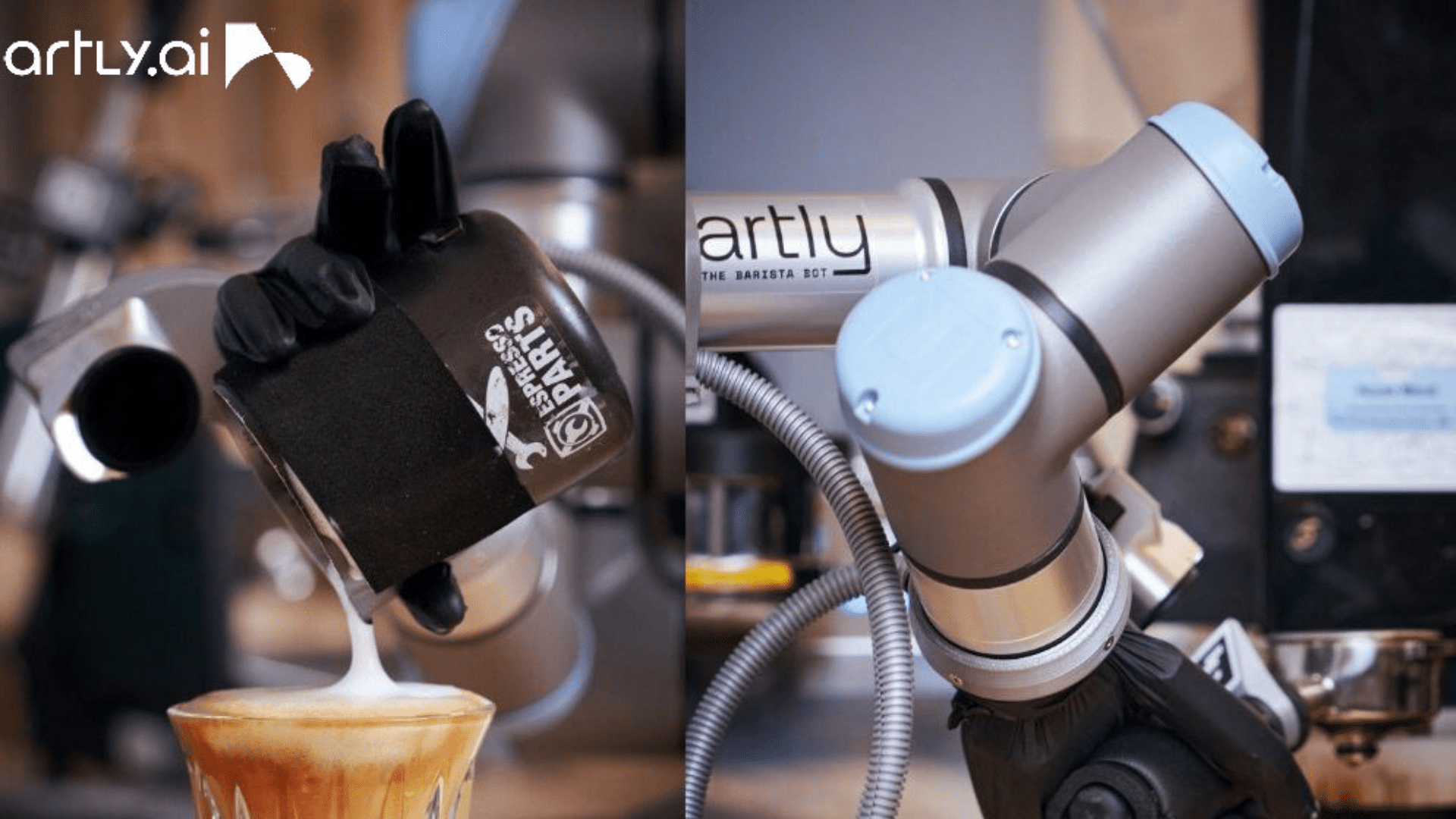Now that they’ve decided on an energy source (and backup energy source) for The Park of the Future, it’s time to blazer forward to their next project. In this episode of TWT, George and Tamara start to focus on the idea of clothing for the park- both for park uniforms and for selling in the gift shop. Similarly to the park power source, they want to make sure they’re sticking with environmentally friendly and sustainable suppliers. George sends Tamara to check out one of these processes and she follows clothing construction from the cotton field all the way to the Gildan Facility in Honduras.

What makes fashion or clothing brands sustainable, similarly to Gildan? You may assume it purely relates to environmentally friendly manufacturing processes, but actually, when it comes to clothing, it’s a bit more complicated. According to Green Strategy, there are several forms of Sustainable Fashion practices:
On-Demand or Custom Made
Some fashion brands will create made-to-order clothing so that each piece is only created once it has been ordered as opposed to using a mass produced process. This will likely not only mean a higher quality item, but also a much lower environmental impact since they’re only making exactly as much as is needed. These items tend to take longer to get to your doorstep, but hey–saving the planet is worth waiting a week longer, right?

High-Quality Items with Timeless Designs
One of the biggest environmental problems in the fashion industry is when a company is producing mass quantities of low-quality garments. Though these tend to be more cost effective for consumers, they’re the exact opposite of sustainable since they’ll be damaged or ripped much sooner than higher quality products, thus forcing consumers to buy new ones which are mass produced over and over… see where we’re going here? Brands that create higher quality products that focus on style over fashion trends are typically the more sustainable choice.
Environmentally and Ethically Friendly Manufacturing
This is the one most people think of initially, but companies who employ environmentally friendly processes like recycling used water and using clean energy sources are great examples of sustainability in action. The company Gildan from this episode is a great example, even going so far as to treat their dyed water to restore the PH level to one that can support life so it can be released back into the environment safely.

Donating, Renting, Buying Vintage
Now, this is the part where the consumer comes in. Sure it’s great to support new companies that are employing the sustainable practices listed above, but if you want to reduce your carbon footprint it also helps to consider renting clothes or buying reused or vintage clothing. In addition, once you no longer desire an item of your own clothing, make sure you donate it to goodwill or even friends in order to prolong its active life. By setting a good example, The Park of the Future’s choice of clothing manufacturers will hopefully suede others into adopting more environmentally friendly fashion habits!







